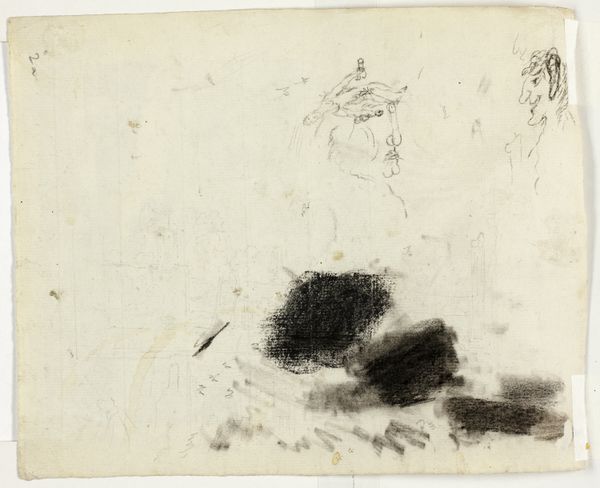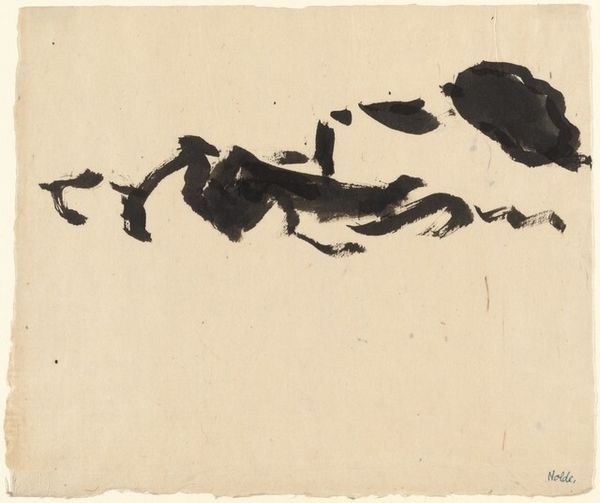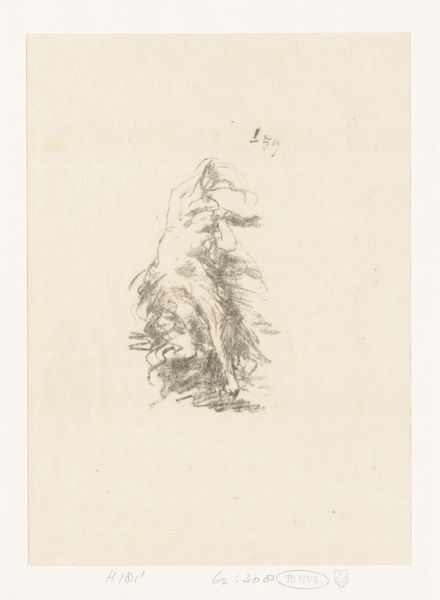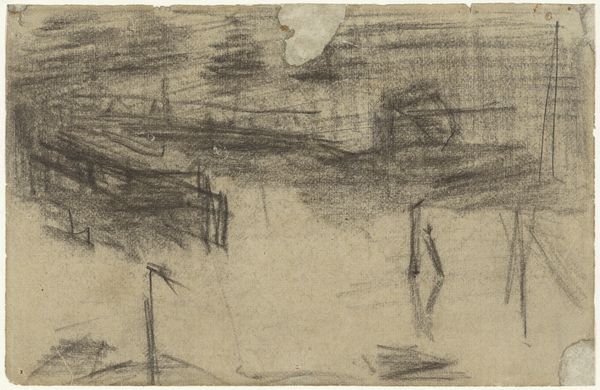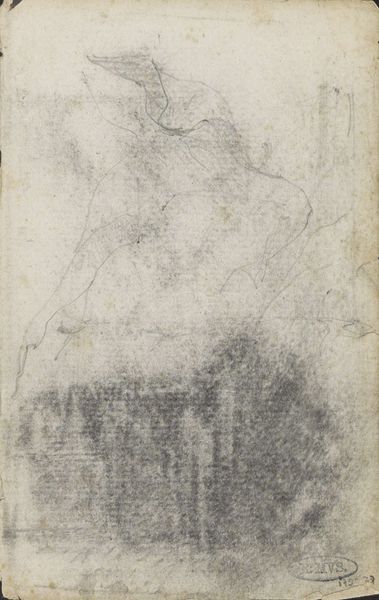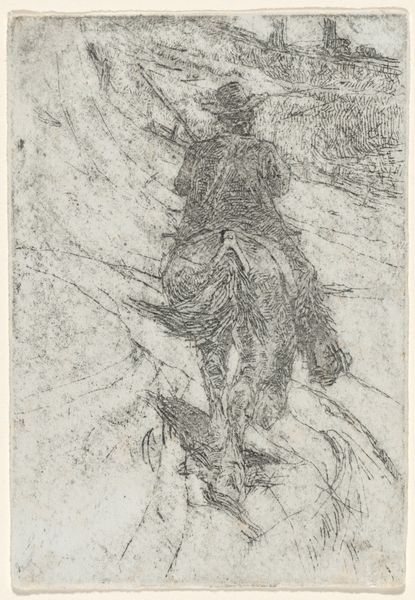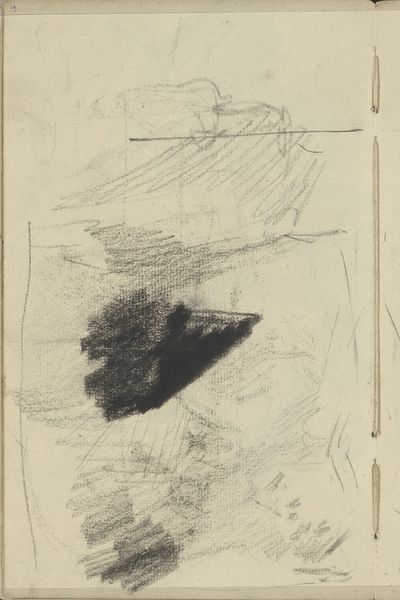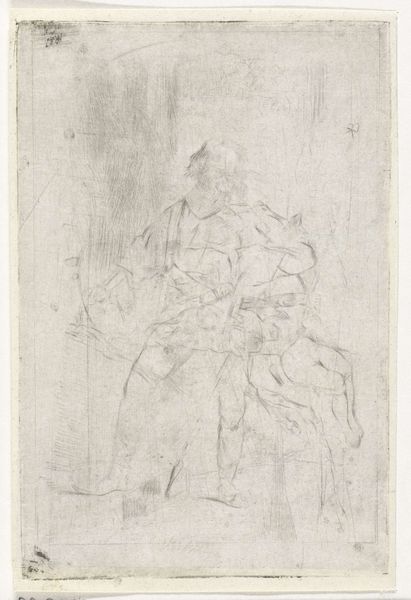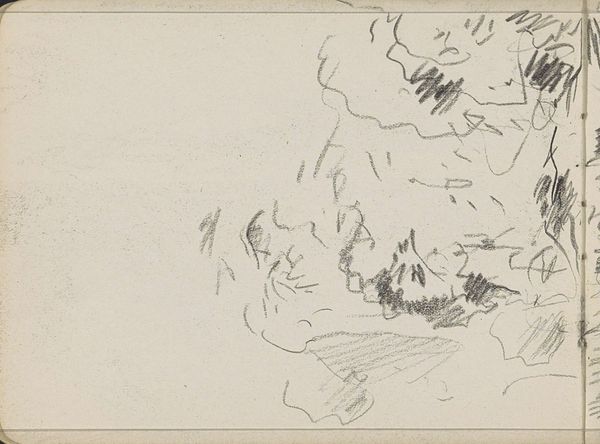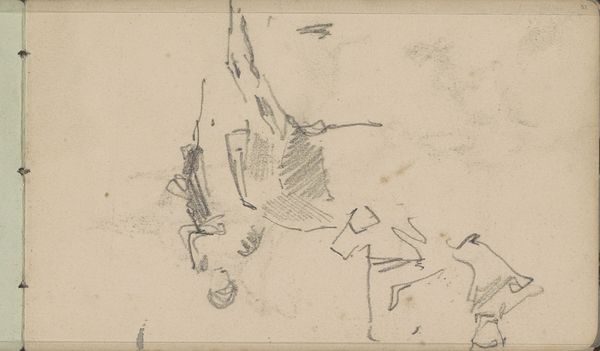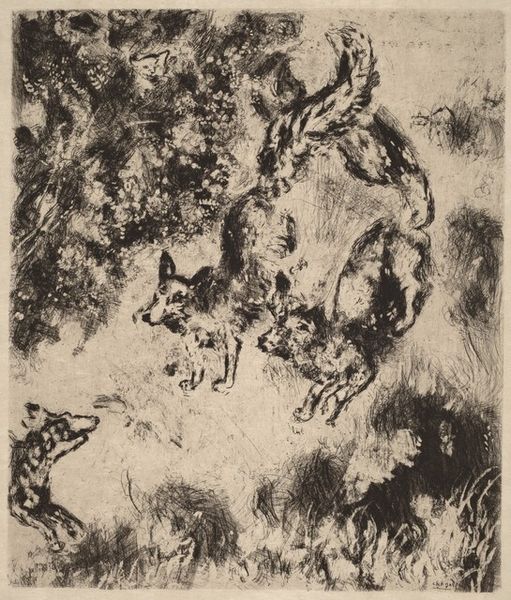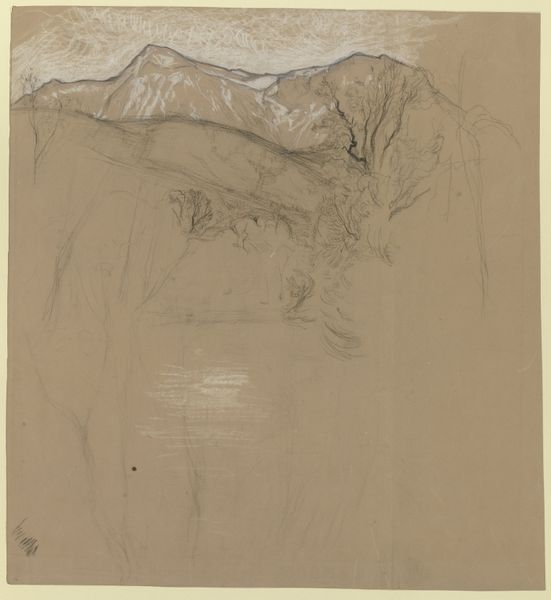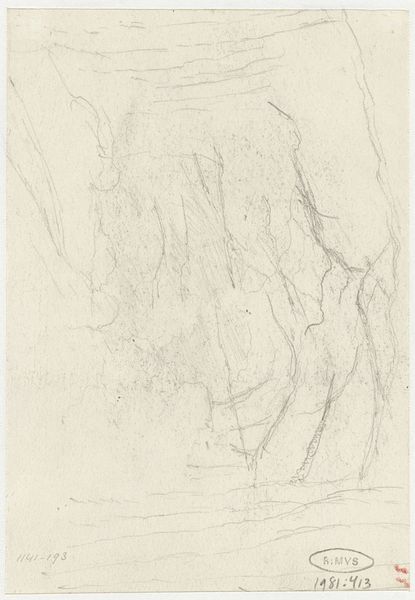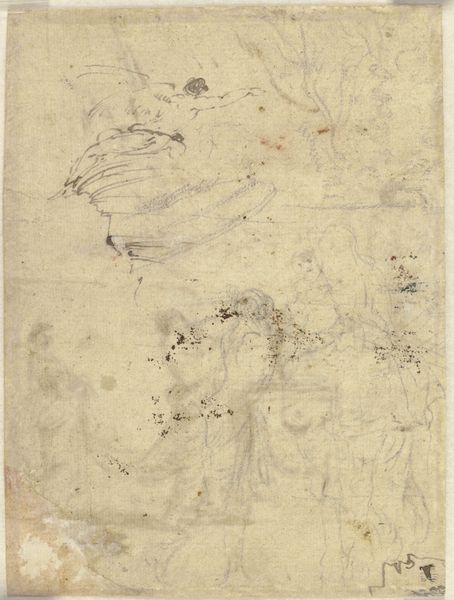
drawing, print
#
drawing
# print
Dimensions: sheet: 3 9/16 x 3 3/8 in. (9 x 8.5 cm)
Copyright: Public Domain
Editor: Here we have Claude Lorrain's "Study with Brigands (Upper Section)," likely dating between 1628 and 1638. It appears to be a print or a drawing. The imagery is fragmented, almost like a contact sheet, and feels unsettling, with what appear to be figures engaged in unclear activities. What socio-political context informs how this imagery may have been received in its time? Curator: That's a crucial question to consider. Seventeenth-century Europe was deeply hierarchical, and images of bandits, or "brigands," held a complex, often politically charged meaning. Think of how rulers portrayed "enemies of the state". How might this seemingly innocent study engage with those representations? Editor: I guess I hadn't considered the political aspect so explicitly. I saw it more as a pastoral scene, albeit a rough one. So, were these images always viewed with suspicion, then? Curator: Not always, but the social standing of those depicted played a huge role in determining their public perception. Depending on who commissioned or circulated these images, bandits could be romanticized figures rebelling against oppressive regimes or vilified criminals threatening the social order. Lorrain's loose, sketchy style could either soften the menace or heighten the unease, depending on the viewer's perspective shaped by contemporary political dialogues. Does the technique inform your perception? Editor: Definitely. The quick strokes make it seem almost journalistic, but also anonymous somehow, as if documenting something from a distance. This makes the image more impactful knowing this historical and political background. Thank you. Curator: Indeed. By examining the art's engagement with the cultural context of banditry, we can gain deeper insight into the power dynamics and political currents reflected within the work. The ambiguity in the composition could reflect similar uncertainties present within that specific time in history.
Comments
No comments
Be the first to comment and join the conversation on the ultimate creative platform.
